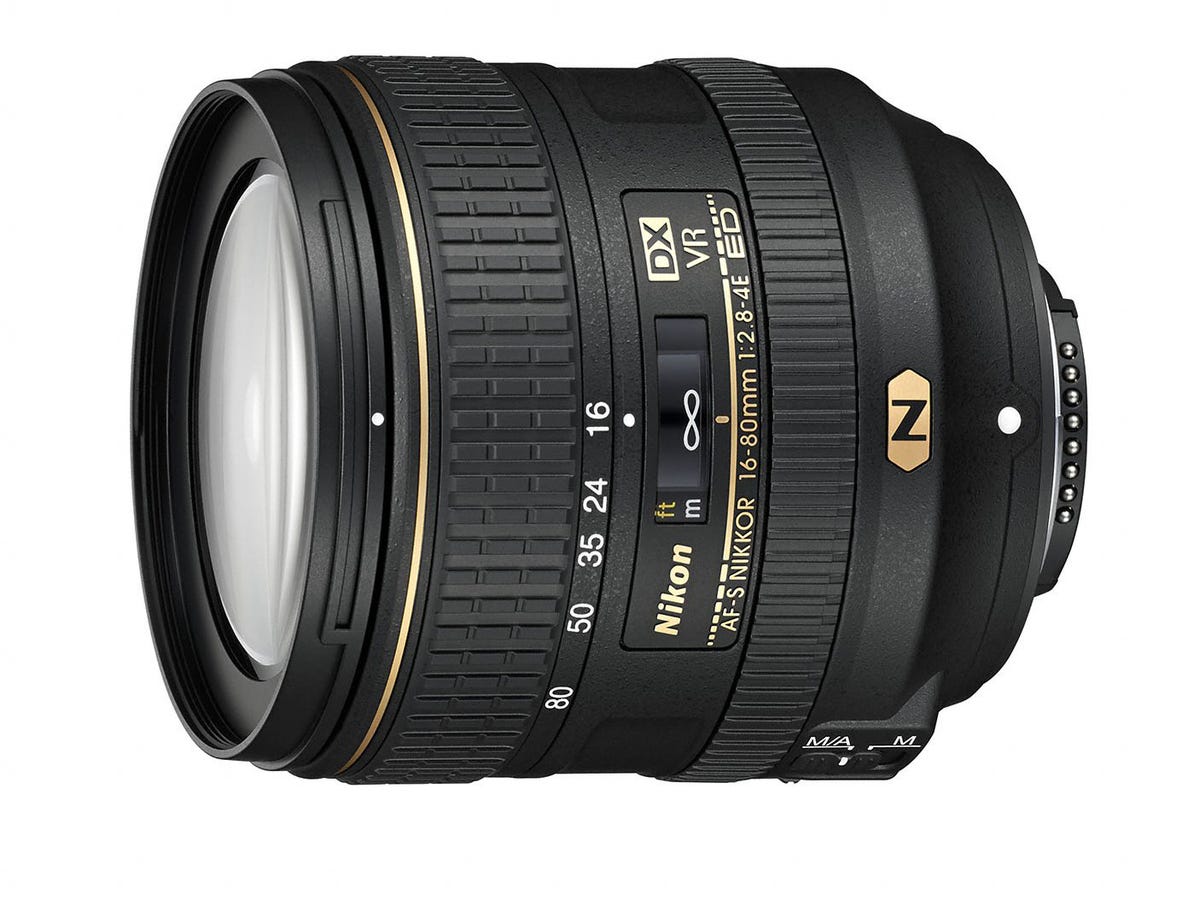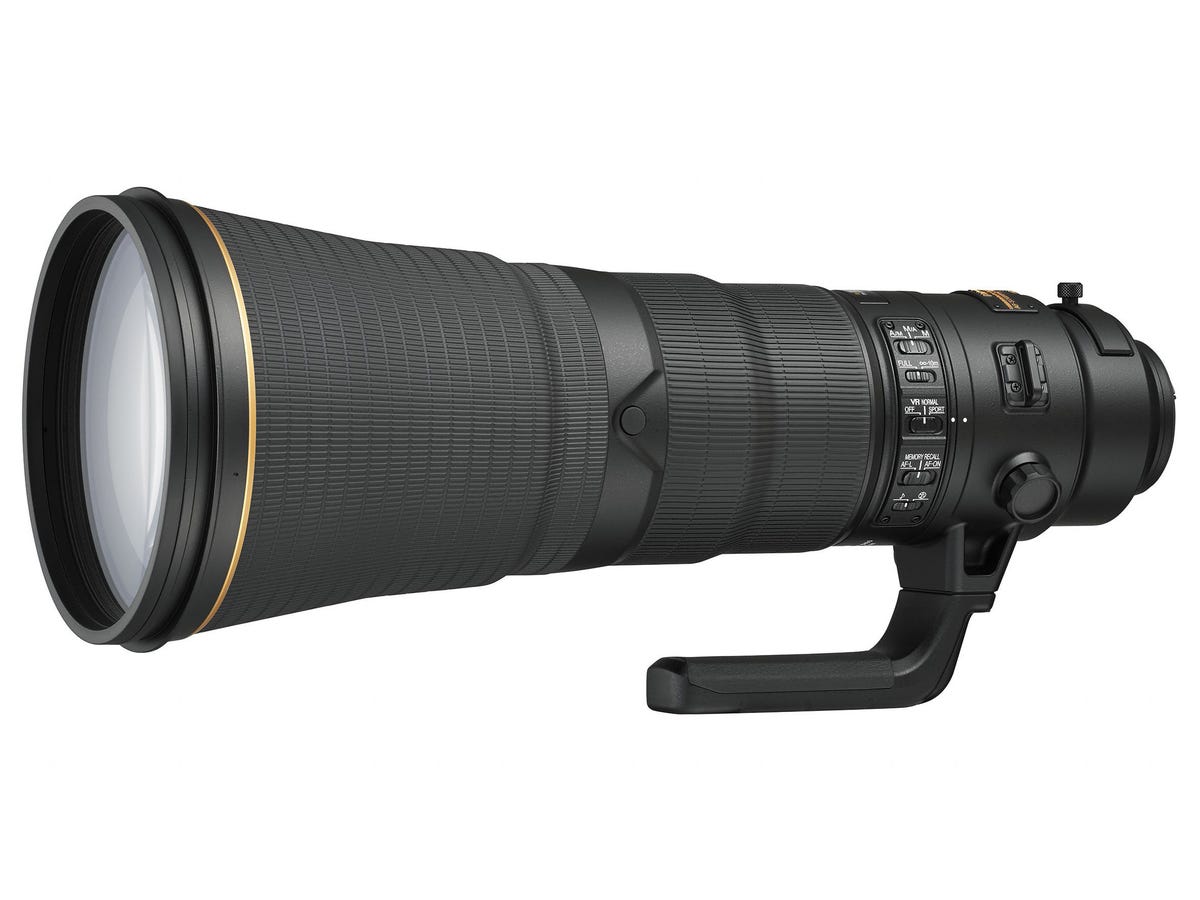
Nikon
Essentially a DX-mount option that serves a similar purpose as its 24-120mm f4 FX-mount lens — it’s the equivalent focal range on a Nikon APS-C camera like the D7200 — the AF-S DX Nikkor 16-80mm f/2.8-4E ED VR sounds like a great general-purpose alternative to Nikon’s slow 18-55mm f3.5-5.6 kit lens or 16-85mm f3.5-5.6 kit step-up. As usual, though, speed costs. At $1,070 (£685, AU$1,400 directly converted) the new lens will run you significantly more than the $700 (about £405, AU$900) 16-85mm.
Favorite lenses under $1,000 (pictures)






Not that its high price seems unjustified. In addition to using Nikon’s high-end Nano Crystal Coat for ghost and flare reduction it has protective fluorine-coated front and back elements. It’s also the first DX-mount lens to incorporate an electromagnetic aperture (that’s the “E” in the name) which should allow it to respond more quickly to exposure changes during high-speed continuous shooting than a mechanical diaphragm.
It’s relatively compact at 3.1 inches by 3.3 inches/80mm by 85.5mm, though still wider than the 16-85mm; it weighs the same at 17.1 oz/480g. Internal focusing keeps it small as you focus.
Other notable specs include a minimum focus distance of 13.8 in/35 cm, 72mm filter size, and seven rounded aperture blades. It uses Nikon’s VR II for a rated 4 stops of optical stabilization. The E lenses aren’t fully compatible with older cameras, such as the D1 and D2 series and D200-era models.

 Enlarge Image
Enlarge ImageNikon
Nikon also put its 500mm f4 and 600mm f4 lenses on a diet; by redesigning the barrels and introducing fluorite lens elements, Nikon was able to shave 2 and 3 pounds (about 907 g and 1,361 g), respectively, off the lenses. Now 6.8 lbs/3,090 g and 8.4 lbs/3,810 g, they’re more handhold-friendly.
Other improvements include enhanced autofocus tracking performance, ball bearings in the tripod collar for smoother rotation and a change to a standard VR switch with panning support (sport mode) rather than the dial on the old models.
All the lenses will ship in July. The 500mm will run $11,000 (directly converted, £7,050, AU$14,380) while the 600mm should cost about $13,500 (directly converted, £8,360, AU$17,060).




